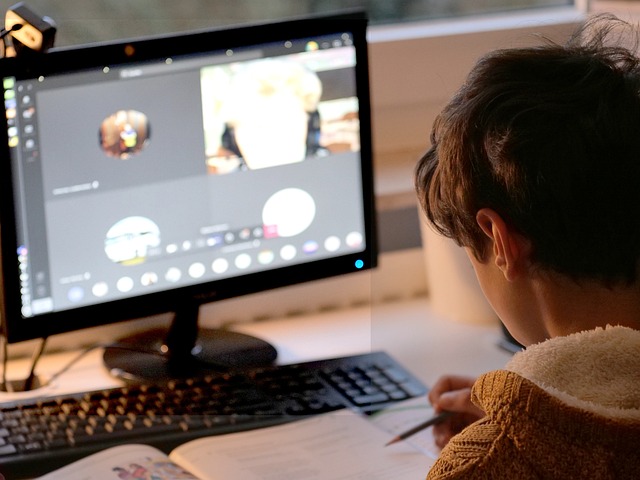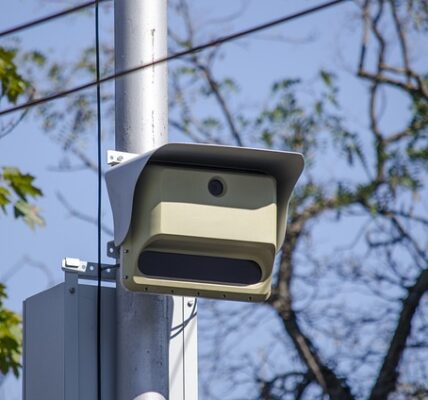Navigating Privacy and Security for Kids Online is an essential topic that every parent should be aware of. With the vast amount of personal information shared online, it’s crucial to ensure your child’s data remains secure. Here are some key points to consider:
- Set clear boundaries and guidelines
- Use parental control software
- Choose safe social media platforms
- Monitor online activity
- Teach digital literacy
- Practice good online hygiene
In today’s digital age, kids are exposed to a plethora of online content. It’s essential for parents to understand what their children are viewing and where they’re interacting with others online.
One way to do this is by setting clear boundaries and guidelines for your child’s online activity. This can include discussing the importance of privacy and security, as well as establishing rules around social media use and online interactions. By doing so, you’ll help your child understand what is acceptable and what is not.
Another key step in protecting kids’ online presence is to use parental control software. This can help monitor online activity, block access to inappropriate content, and set limits on screen time. Some popular options include Net Nanny, Kaspersky Safe Kids, and Qustodio.
In addition to these measures, it’s essential for parents to choose safe social media platforms for their children. Platforms like Instagram, TikTok, and Snapchat can be breeding grounds for cyberbullying and online predators. By choosing platforms that are geared towards younger users, you’ll help minimize the risk of your child encountering negative content.
Monitoring online activity is also crucial in ensuring your child’s safety. This can involve regularly checking their social media profiles, monitoring their online activity logs, and setting up alerts for suspicious behavior. Some popular tools for monitoring online activity include Google’s Family Link and Apple’s Screen Time.
Teaching digital literacy is another essential step in protecting kids’ online presence. By educating your child on how to navigate the internet safely, you’ll help them develop the skills they need to avoid online predators and cyberbullying. This can involve teaching them about online etiquette, how to report suspicious behavior, and how to verify the authenticity of online sources.
Finally, it’s essential for parents to practice good online hygiene themselves. By modeling safe online behavior, you’ll help your child understand the importance of protecting their own online presence. This can involve using strong passwords, keeping software up-to-date, and being cautious when clicking on links or accepting friend requests.
In conclusion, navigating privacy and security for kids online is a top priority for parents today. By setting clear boundaries and guidelines, using parental control software, choosing safe social media platforms, monitoring online activity, teaching digital literacy, and practicing good online hygiene, you’ll help protect your child’s online presence and ensure their safety in the digital age.
By taking these steps, you can provide your child with a safe and secure online environment. Remember, it’s an ongoing process that requires regular monitoring and education. Stay vigilant and work closely with your child to promote a healthy relationship between technology and childhood.
By being proactive and informed, you’ll help ensure your child’s online presence remains protected for years to come.
Tags: Kids’ Online Safety, Parental Control, Social Media Security, Digital Literacy, Cyberbullying Prevention




